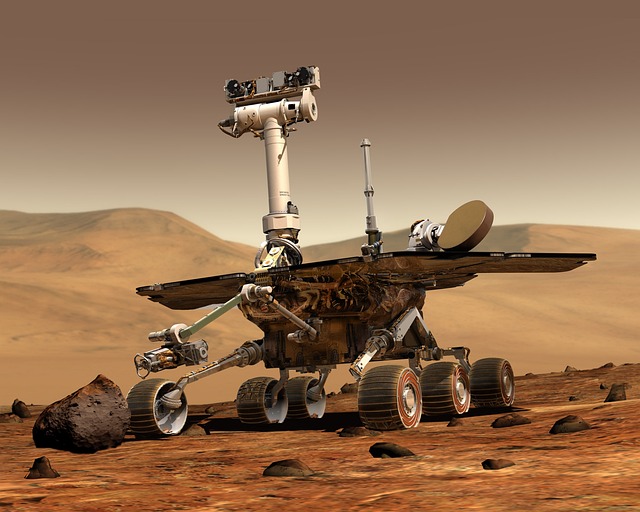Exploring the Future: The Integration of Robotics, AI, and Automation in Hybrid Learning Systems
As the world rapidly evolves with technological advances, the field of education is undergoing transformative changes that promise to reshape how we learn and teach. At the heart of this transformation lies the concept of hybrid systems—an innovative approach that blends traditional classroom learning with cutting-edge technology. Robotics, artificial intelligence (AI), and automation are no longer confined to manufacturing floors or tech labs; they are becoming integral components of modern hybrid learning environments.
Robotics: Bringing Interactive Learning to Life
Robotic systems in education offer hands-on, interactive learning experiences that engage students in ways textbooks cannot. These intelligent machines can assist instructors by providing personalized tutoring, interactive simulations, and collaborative projects that deepen understanding. In hybrid systems, robotics marry physical and virtual learning spaces, allowing students to experiment with real-world problem-solving even when learning remotely. This fosters a tangible connection with the material, making lessons more memorable and impactful.
Artificial Intelligence: Personalized Education for All
AI is transforming education by tailoring content to individual learner needs. Through sophisticated algorithms and data analysis, AI-powered platforms can assess each student’s strengths and weaknesses, adapting lessons accordingly in real-time. Hybrid systems leverage this capability by integrating AI-based software with human instruction, ensuring a balanced and personalized learning experience. Whether through intelligent tutoring systems or predictive analytics, AI helps educators anticipate challenges and optimize teaching methods to keep students motivated and progressing.
Automation in Business and Learning: Streamlining for Efficiency
Automation has long been celebrated in the business world for increasing productivity and reducing repetitive tasks. This same principle is now applied within hybrid learning systems to streamline administrative duties, grading, content delivery, and student engagement tracking. By automating routine processes, educational institutions free up valuable time for instructors to focus on mentorship and creative teaching. Furthermore, automation enables seamless integration between online and offline components of hybrid systems, ensuring consistency and reliability in educational delivery.
The Powerful Synergy of Hybrid Systems
The real magic happens when robotics, AI, and automation converge within hybrid systems. This convergence creates a dynamic ecosystem where technology supports educators and empowers learners simultaneously. Students benefit from multi-faceted learning pathways that accommodate diverse learning styles and environments, while educators gain access to analytics and automation tools that enhance instructional effectiveness. Ultimately, hybrid systems are not just a trend—they represent the future of learning, where technology and human interaction coexist to unlock each learner’s full potential.
As businesses and educational institutions continue to embrace these technological innovations, the line between learning and technology blurs, fostering environments that are adaptive, engaging, and efficient. Hybrid systems leveraging robotics, AI, and automation are proving to be the cornerstone of educational progress, preparing learners for the ever-evolving demands of the 21st-century world.




